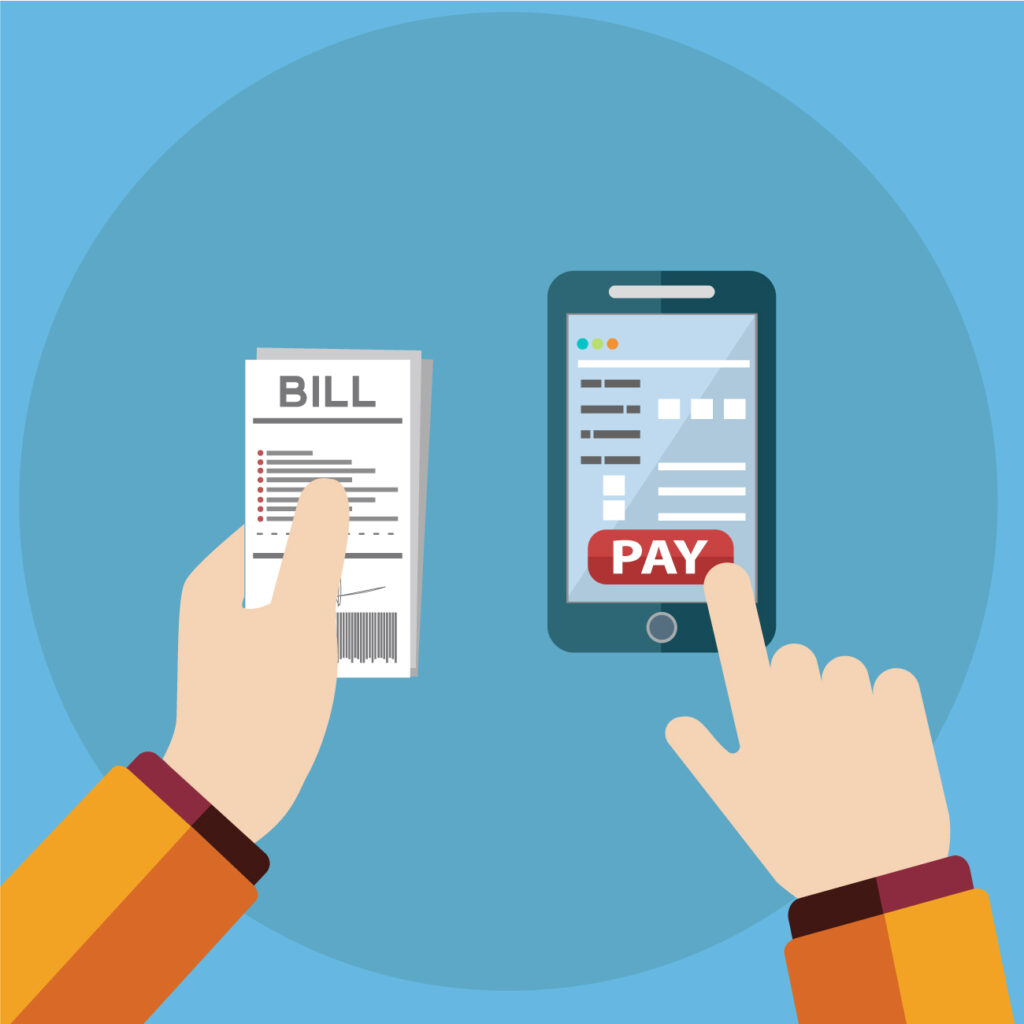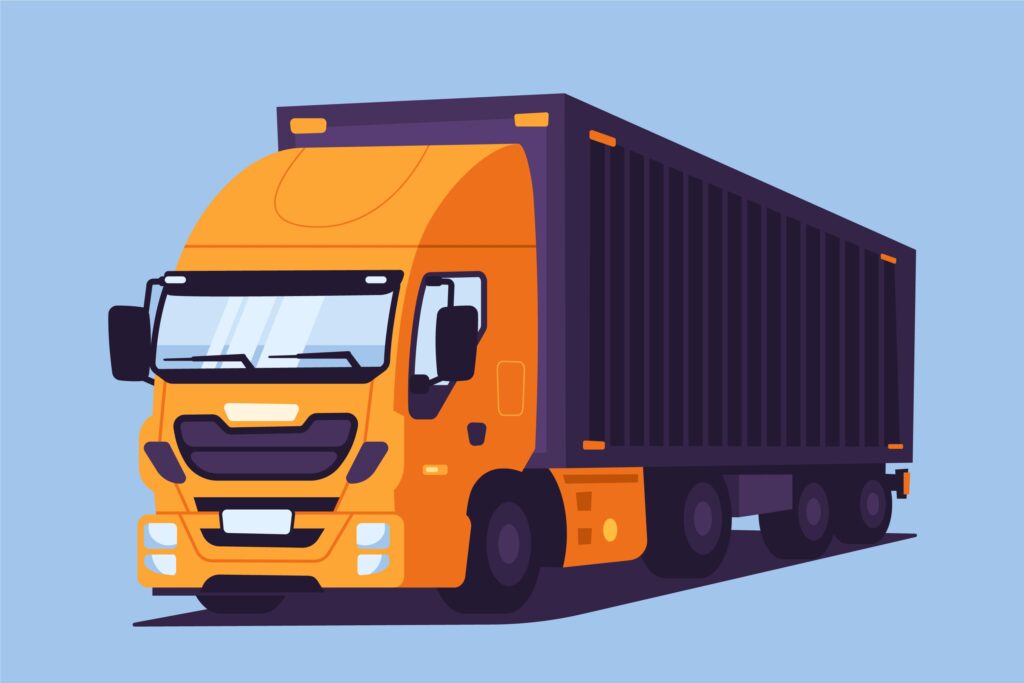An E-way bill is a type of electronic bill that must be generated when goods are moved inter-state or intra-state, as part of the Goods and Services Tax (GST) system. An online system is used to generate and view an EWAY bill, which is required to be presented along with goods during transportation.
Post of Contents
In this article, we will explain what the E-Way Bill is. How does it function in the GST system? How is the E-Way Bill generated? What information must be entered? What is the system for checking it? What can be done if there is no way to pay the bill electronically?

What is E-Way Bill?
E-way bill is a type of electronic bill, i.e., a bill made on the computer. In the GST system, any goods sent from one location to another must be accompanied by an online bill. This bill will also be registered on the GST portal. This online bill is called the E-Way Bill.
In fact, before the implementation of the GST system, this type of system was also implemented in the sales tax or VAT systems of the states. Even in the old tax systems, a bill had been prepared on paper for the transportation of goods. Earlier, the bill was made on paper, now it will be made on a computer, i.e., electronically. After that, it will be uploaded on the GST network.
In the old system, the bill which has been prepared on paper, we have known it by the name of Road Permit. Now after the implementation of GST, this old road permit will be implemented as E-Way Bill.
In which situations is an E-way Bill Necessary?
If the cost of goods sent by transport is more than 50 thousand rupees, then it will be mandatory to make E-Way Bill for it. The responsibility of registering it on the GST Common Portal will primarily be that of the supplier. But if it is considered necessary, the receiver or the transporter can also issue the goods.
if the value of the goods exceeds Rs. 50,000. So, whether it is being sent inside the state (interstate trade) or outside the state (intrastate state trade), an E-Way Bill must be made for all types of goods transport. However, for some special items, this price limit has also been exempted, as we have further mentioned.
It is not necessary to issue an E-Way Bill if the goods are worth less than Rs 50,000, but the supplier or the receiver can issue the E-Way Bill if he wishes.
Who Can Issue An E-Way Bill?
- If a transaction is between two merchants, there can be two options for sending it.
- First, the goods are sent in the vehicle of its supplier or its receiver.
- Second, the goods are being sent through a third party, i.e., Transport.
- In both situations, the responsibility of issuing the E-Way Bill will be as follows.
- If a GST-registered supplier or recipient is carrying goods in his vehicle, then one of them will have to issue an E-Way Bill. In this too, the first responsibility lies with the supplier of the goods. They can complete this process by visiting the GST Common Portal before dispatching the goods.
- If the goods are being sent through a transporter, then before handing over the goods to the transporter, its supplier or receiver will be able to issue the e-way bill. If the supplier or receiver has not issued the e-way bill, then the transporter himself will have to issue the e-way bill before dispatching the goods. However, in this also the supplier and receiver will fill some information.
- Overall, the E-Way Bill must be issued even before the movement of goods begins. Whether the trader himself issues the goods and sends them, or the transporter issues them before taking the goods.
What is Form GST-INS-1?
E-Way-Bill is issued on the GST portal in the form of GST INS-1 Form. After this, its information will be known to the supplier of goods, its transporter, and its receiver.
- Form GST INS-1 consists of two parts – Part A and Part B.
- In Part A the information about the goods is to be filled in.
- Part B is filled with information about the transporter.
- What information needs to be filled in the e-way bill?
- Information To Be Filled In E-Way-Bill
In the e-way bill, the details of the supplier, the details of the transport carrying the goods, and the details of the recipient will have to be entered. While uploading the E-Way Bill on the GST network, a unique E-Way Bill Number (EBN) will be generated for it. The E-Way Bill Number of that consignment will remain the same for all three parties involved in the movement of goods, the supplier, the transporter, and the recipient of the goods.
In the E-Way Bill, the supplier must give information about the goods he is selling. On the other hand, the recipient must give information about the goods he has bought. If the goods have been returned or rejected, then it is mandatory to give information about them on the GST portal. If no information is given about receiving or rejecting the goods, it will be assumed that he has accepted the goods.
E-Way Bill Checking and Authorities
- The person carrying the goods, the transporter, or their representative will not need to carry the paper bill or delivery challan. Yes, a photocopy of the Challan relating to the supply or delivery of goods and the E-Way Bill or E-Way Bill Number must be kept with them. An E-Way Bill Number is associated with a Radio Frequency Identification Device.
- On the other hand, the officials of the Tax Department will also get Radio Frequency Identification Device readers installed at the checking points of goods transport. Whenever the vehicle will pass through here, taking this number to the device will automatically start showing all its information on the computer. Only through the E-Way Bill, the GST officers be able to ensure whether GST has been properly imposed on the transported goods or not.
- According to the rules of the E-Way Bill, the Tax Commissioner or the officer authorized by him will have the right to examine the goods anywhere during transportation. The driver or the goods carrier will have to show a photocopy or electronic copy of his E-Bill.
- After checking the E-way bill on any given day, that officer will have to give a summary of the checking-related details within a day. After this, its final report will also have to be sent within 3 days.

How Much Long E-Way Bill would be Valid
If any goods are to be transported up to 100 km, then the E-Way Bill generated for them will be valid for only 1 day.
- The E-Way Bill for the goods whose transport is to be between 100 and 300 kilometres will be valid for up to 3 days.
- The E-Way Bill will be valid for 10 days for the goods whose transport will be between 300 and 500 kilometres.
- The E-Way Bill for goods traveling more than 1000 kilometres will be valid for 15 days.
Note 1: If goods are being sent within a radius of 10 kilometers within any one state, then there will be no need to generate an E-Way Bill for that.
Note 2: It will be necessary to complete the transportation of goods within the time limit of validity of the E-Way Bill. If this does not happen for some reason, then an E-Way Bill will have to be made again.
The GST system uses the pin code to determine the distance in the e-way bill. As soon as you enter the pin code of the location where the goods will be sent and received, the system will tell you the name of that location and the distance between the two. The validity of the e-way bill is decided based on this distance.
E-Way Bill Can Be Cancelled
After the e-way bill is generated, in case of any change, it can be cancelled through SMS. If needed, another E-Way Bill can also be generated with the help of SMS.
Goods Put Out of E-Way Bill
The government has kept many goods out of the E-Way Bill. Even if the price limit fixed for their consignment E-Way Bill is more than Rs. 50,000, These include LPG, Kerosene, Currency, News Paper, Judicial and Non-Judicial Stamp Paper, Pooja Samara, Kajal, Diya’s, Jewellery, Khadi, Raw Silk, Indian Flag, Municipal Waste, etc.
Apart from these, it will be necessary to make an E-Waybill for non-motor convenience for goods being transported from the port, airport, airport cargo complex, and land customs station.
Full Explain in Easy Word, What is the GST?
Benefits Of E-Way Bill
- With the implementation of the E-Way Bill system, the government, the tax administration, and the business class, all be comfortable.
- The government will receive a larger amount of tax because a larger part of the business will be taxed. After this system is implemented at the national level, the same rules will be implemented in every state. With this, there will be convenient in the transportation of goods from one state to another. Also, along with transparency and fairness, the transport of goods will happen at a faster pace. This will help in the rapid development of the business environment.
- It will be easier for the government to keep an eye on the tax system. Tax department officials will be able to check the goods being sent from transport anywhere. The tax officer will also have a machine connected to the GST network, which will be able to verify the information related to that E-Way Bill. The preparation of the E-Way Bill before sending the goods will help the Tax Administration prevent tax evasion.
- Due to the presence of the E-Way Bill online, traders or transporters will not have to worry about its loss or destruction. Due to the presence of complete details on the GST Network, they can be viewed and shown online anytime, anywhere. The scope for collusion and arbitrariness among businesspeople and tax department employees will also be curbed.
